Google Nexus 4 Review - Google's new Flagship
by Brian Klug on November 13, 2012 8:45 AM EST- Posted in
- Smartphones
- LG
- Android
- Mobile
- APQ8064
- Nexus 4
- Android 4.2
- MDM9215
I usually take apart smartphones I’m sampled just because I like knowing what’s inside, even if I already know the majority of component choices through other purely software means. In the case of the Nexus 4 this was also motivated by my desire to find out whether it would be possible to replace the battery easily and also to get a look at some of the RF components for cellular.
Taking apart the Nexus 4 is surprisingly simple, so much so that I’ve taken my Nexus 4 review unit apart fully, twice. There are two Torx T–4 screws at the bottom which come out, after which the back cage pulls off after you use a plastic separator tool to get past some clips holding it on. If you’re interested in replacing the battery you can pretty much stop here, there are two screws holding the battery connector onto the mainboard, and the battery is held in place with a square outline of double sided tape. The back side of the case has many gold pads for antennas, NFC, and the inductive charging coils.
Further disassembly involves removing the plastic covering the PCB, then a few screws and the mainboard lifts out. Construction here is very standard fare for smartphones lately, with an L shaped mainboard and battery sitting in the cavity next to it.
After you get the PCB out things are very easy to identify. I popped the EMI cans off wherever possible as well.
First off on the backside we can see the DRAM PoP atop APQ8064, which in this case is Samsung 2x32-bit LPDDR2–1066, 2GB courtesy of 4 x 512MB die at 1.2V. Below that is the Qualcomm MDM9215 baseband, to the left we can see the baseband PMIC (PM8821), and to the left of that the PMIC for APQ8064, PM8921.
On the long underside of the mainboard we can see the TI BQ51051b wireless power Li-Ion charger receiver I mentioned earlier, and above it Qualcomm’s WCD9310 Audio codec in a sea of epoxy. Inbetween those two is a BCM20793 NFC controller instead of the ubiquitous NXP PN544 part.
My main goal when taking apart the Nexus 4 was nailing down what power amplifiers and RF architecture the phone had, and under the EMI cans on this side are a few relevant parts.
There are three Avago power amplifiers, and an RFMD switch at left. We can see Avago A5505 (Band 5 - UMTS), A5704 (Band 4 - LTE/UMTS), A5702 (Band 2 - LTE/UMTS), and at far left an RFMD 1156 single pole 5 throw switch hiding under a lip of the EMI can.
Flipping the PCB over and removing the other large EMI can reveals more parts of the puzzle. I can identify an Avago ACPM–7251 (Band 1, 5, Quad band GSM/EGE) power amplifier, and another package near it marked “GFD49” which is probably another switch just next to the antenna feed for the bottom transmit antenna.
Nexus 4 also has the latest and greatest Qualcomm transceiver onboard, WTR1605L, which we’re going to talk at length about in another piece. It’s actually somewhat surprising to see the latest and greatest here considering the Nexus 4 doesn’t include LTE support, even though it does have the hardware for it on bands 4, 2, and 1 in theory.
Also under this can is the SlimPort ANX7808 which enables HDMI, VGA, DVI, or DisplayPort out on the Nexus 4 instead of the USB-MHL that we’ve been seeing getting adoption pretty rapidly. This is actually an interesting choice for the Nexus 4 considering again the relative ubiquity of MHL. I don’t have any SlimPort cables or dongles so I can’t test it first hand, but there’s the transmit package on the PCB that enables it.
I can also identify an InvenSense MPU–6050 six axis gyro and accelerometer at the very top of the PCB.
I couldn’t get the can off of what appears to be the eMMC (the only remaining large package), we’ll have to see if anyone else wants to do some destructive digging to get that one. Finally the Nexus 4 also has a linear actuator vibrator which you can see in the FCC teardown photos.









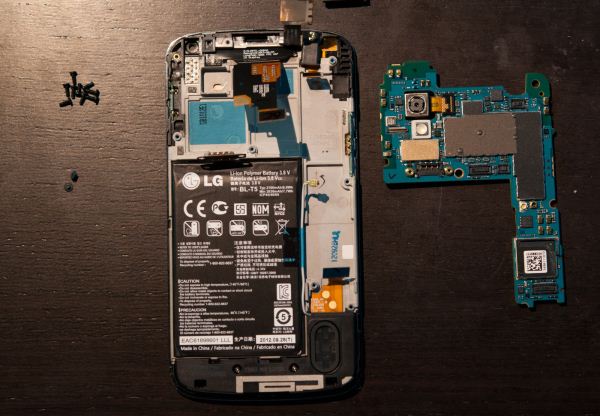
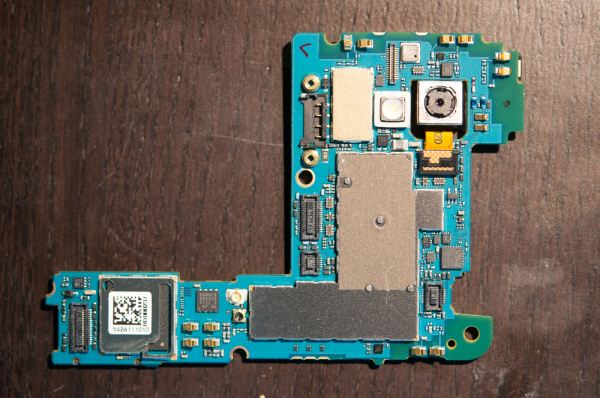
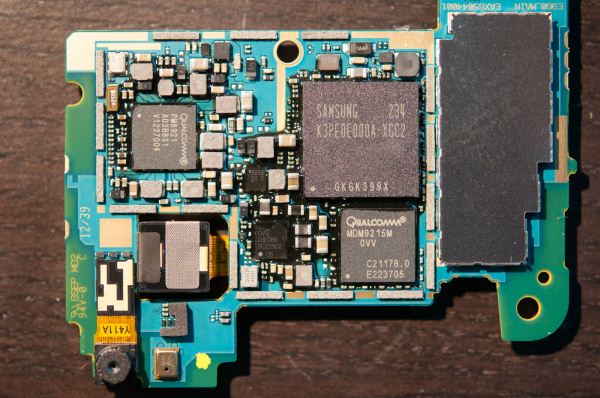
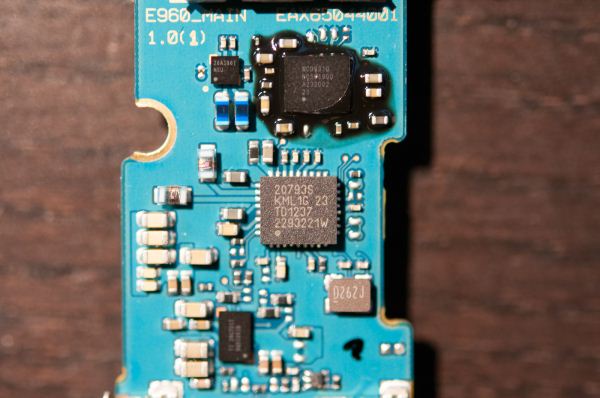
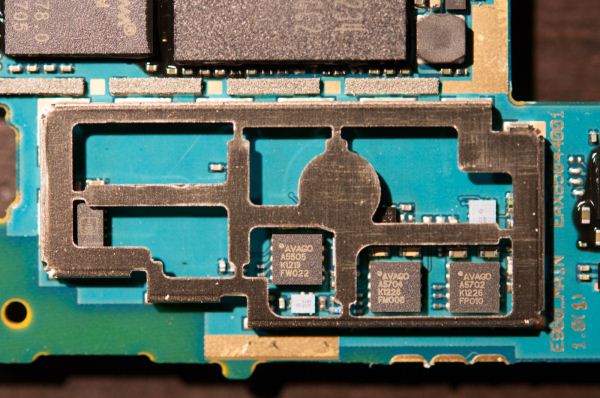
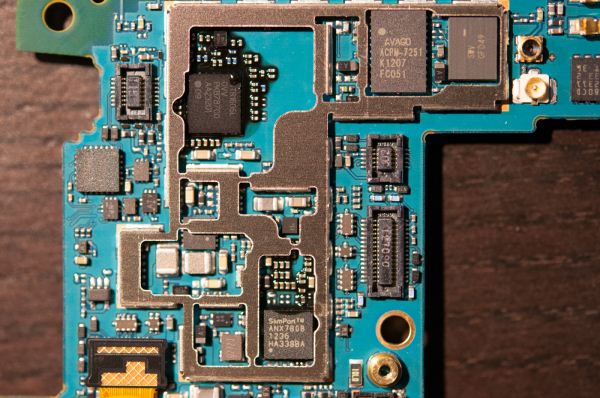
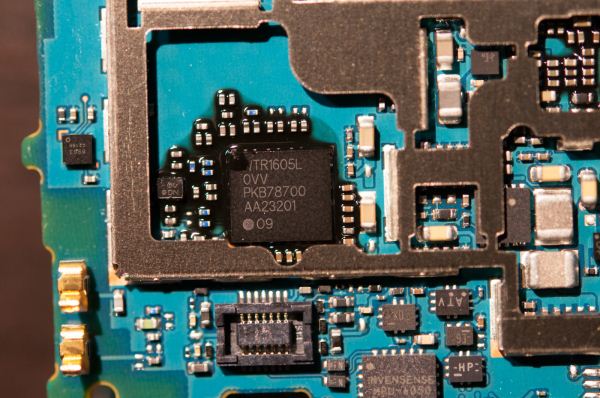
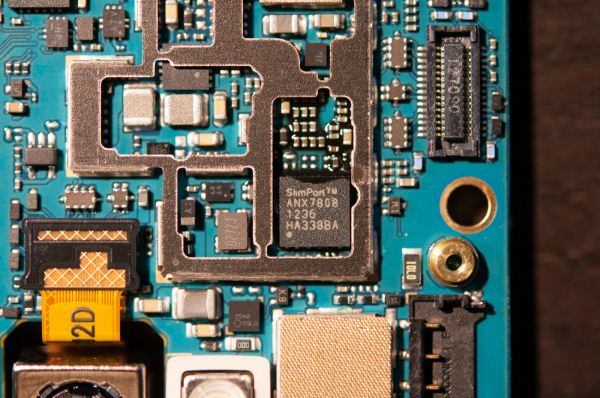
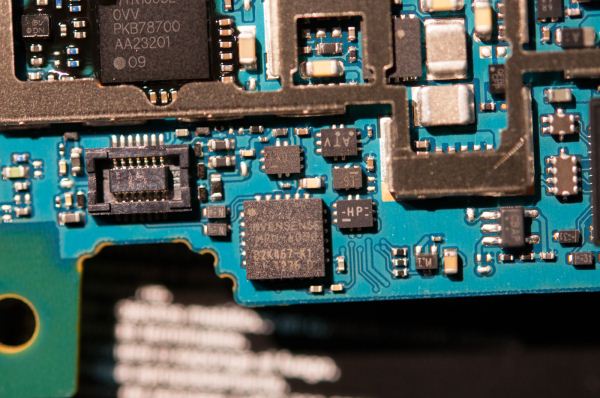
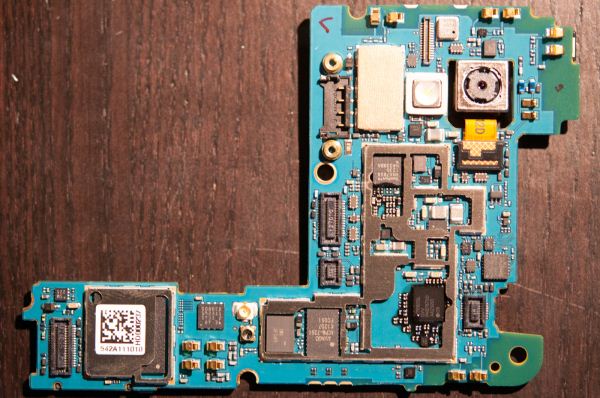








188 Comments
View All Comments
meloz - Wednesday, November 14, 2012 - link
>It's really cheap, though.Until you include the price of a carrier plan? Or were you planning to use this smartphone without any phone capabilities? Apple iphone sells so well *inspite* of its premium price because most people who buy it buy with plans.
doobydoo - Thursday, November 15, 2012 - link
The iPhone 5 is $199 on contract, right?How much is the Nexus 4 on contract?
Guspaz - Thursday, November 15, 2012 - link
Hard to do a direct comparison when you can't find the thing anywhere. None of the major Canadian carriers have the Nexus 4, but the LG Optimus G was $50 less than the iPhone 5. A list of what I saw:iPhone 5: $180
LG Optimus G: $130
Galaxy Nexus: $0
iPhone 4S: $0
Sabresiberian - Tuesday, November 13, 2012 - link
This is the best thing Google does (make phones that can be used on any service provider), in my opinion. $300 (or $350) for a top-end phone you can use on any carrier? Almost makes my desire for a Nokia 920 Win 8 phone go away.Then, I think about Android compared to Win 8, and realize that will likely never happen.
;)
crankerchick - Tuesday, November 13, 2012 - link
Thanks for the thorough review. Too bad this phone will go largely unnoticed in the US amongst non-enthusiasts, and almost wholly ignored by any one on CDMA. Those of wanting LTE (who also acknowledge that a nexus on VZW is a hard feat to accomplish) are left wanting more, and *gasp* looking at the iPhone 5. I wanted this to be my next, but I'm not willing to switch to have it.I hope the folks around the world make this phone super-successful and can make this phone a game changer in the Android landscape (and here in the US where carriers rule and the customers drool). That's a lot to ask, but I'm still hopeful.
superjim - Tuesday, November 13, 2012 - link
WTB Nexus 10 review. Sure there's plenty on the net but I specifically wait for the AT review.Pipperox - Tuesday, November 13, 2012 - link
I do not understand how Google can sell a "flagship" phone which is unable to complete a 3D benchmark without thermal throttling.This is unacceptable, do they expect people who run intensive 3D apps such as games to take a liquid cooling kit with them?
Also unacceptable is the lack of browser optimizations for this SoC.
The Snapdragon S4 Pro is a BEAST, with 2x the theoretical CPU power than pretty much any other ARM SoC (with the exception of the Cortex A15 which is only for tablets now), and yet one sees lackluster performance in most browser related tests.
This is a diamond which hasn't been polished at all... the only thing going for it is the price.
JohnnyL53 - Wednesday, November 14, 2012 - link
The throttling is not an issue if it doesn't result in any real world performance slowdown. Although the reviewer adds subjective comments to the battery life section, I would like to see some comments as to how benchmark performance actually relates to real world performance. What seems to be poor performance in a benchmark may not even be apparent when playing a 3D intensive game.meloz - Wednesday, November 14, 2012 - link
>The throttling is not an issue if it doesn't result in any real world performance slowdown.Yes, because in real world everyone will use this device in temperature controlled room (mom's basement?). I mean, who goes out on a hot summer day?
doobydoo - Thursday, November 15, 2012 - link
The bottom line is that if you have to use a freezer to get results from a phone in the same situation where other phones don't have such a requirement, there are issues.The reality is that this phone probably gets too hot so the throttling was a necessity rather than a choice.